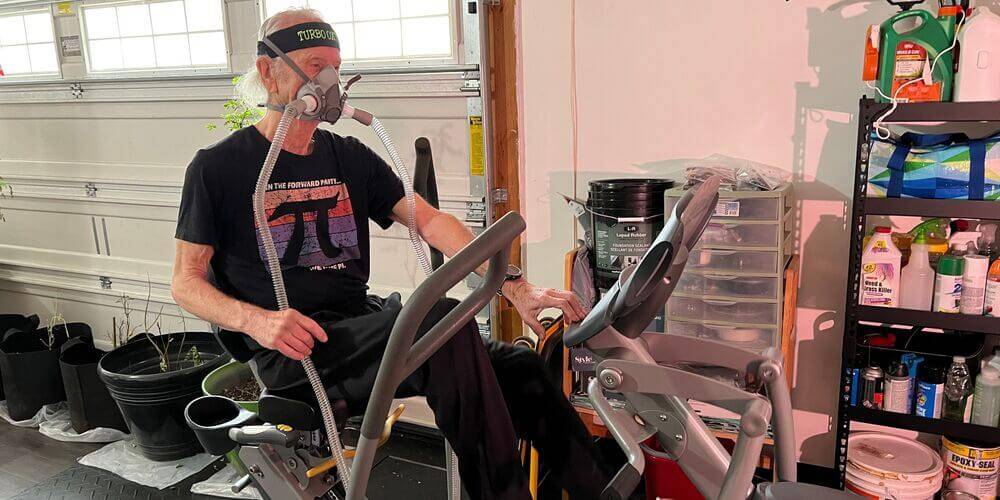Side Effects of Oxygen Therapy / Training- The Facts You Need to Know
Side Effects of Oxygen Therapy / Training- The Facts You Need to Know
Oct 26, 2023, By Michael Grant White
Have you ever considered the side effects of oxygen therapy? Learn more about its potential risks and benefits.

The treatment, known as Oxygen Therapy, basically gives you the extra oxygen you need to achieve medical "normal". It's also known as supplemental oxygen. The keyword "supplemental" implies you are not getting enough of minimal oxygen support to maintain the minimal 95% oxygen threshold.
Several medical conditions can cause your blood oxygen to be too low, which could make you feel tired, short of breath, or even confused.
Poor lung conditions may hinder Oxygen Therapy or Turbo Oxygen effectiveness, but many studies show that because oxygen is so fundamental to cellular function, it can help with COPD, heart/lung conditions, and almost every health challenge.
A “medically normal" person needs to have a blood oxygen level between 95-100% to function what modern medicine deems as "normal". If this drops below 92%, Supplemental Oxygen Therapy is usually necessary. Although there are several uses of the word "therapy," this “therapy” usually implies you are being seen and monitored by a medical doctor and are using oxygen for supplemental life support.
This “therapy,” when augmented with Oxygen Enhanced Exercising, can be quite “therapeutic“ but even with copious clinical studies supporting it, most MDs are not familiar with Exercising With Oxygen Therapy, aka EWOT, as it is often beyond their scope of practice. The T in the EWOT originally stood for therapy, but I prefer “Training” as that stays out of the idea one is suffering from something when one might well feel great but just wants to feel or function better.
Ask your guide or MD about measuring and developing advanced oxygen levels via VO2Max, aerobic, anaerobic, and EPOC-Exercise Load factors, as well as lowering lactic acid levels, and see what you learn.
Varieties of Using Oxygen for Therapy and Therapeutics
Breathing using a nose cannula or 1-liter reservoir bag fed by an oxygen machine or tank.
Breathing from a 500-900 liter oxygen reservoir bag.
Which Medically Diagnosed Conditions Might Require Supplemental Oxygen "THERAPY"?
COPD (Chronic Obstructive Pulmonary Disease)
COVID-19
Cancer
Heart condition
Chronic fatigue
Sleep apnea
Pneumonia
Cystic fibrosis
A severe asthma attack
Increased anxiety or confusion
Wheezing or difficulty breathing
Fever or increase in mucus production
Blue fingertips or lips
Possible Negative Side Effects of Oxygen-Enhanced Approaches
Serious Side Effects When It Must Be Used For Life-support
Stay Safe

Meet Mike White
Meet Michael Grant White, the Optimal Breathing Coach and get actionable insights on your breathing development, health and longevity



